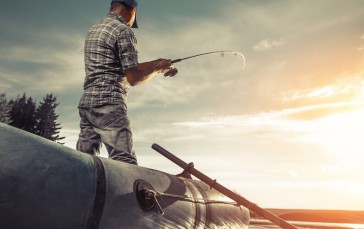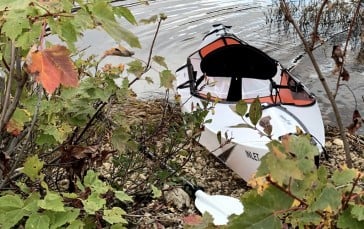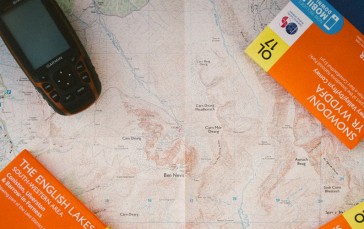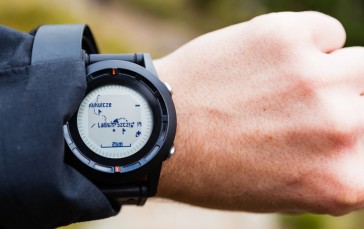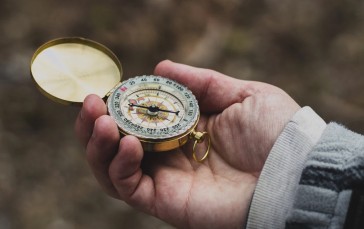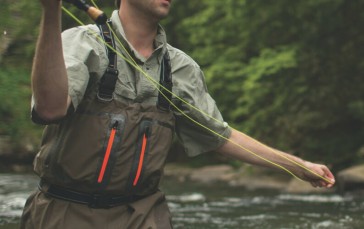Kayaking For Beginners
Kayaking is a fun way to improve one’s cardiovascular fitness. It is one of the most unique ways you can explore and be one with nature. Gliding along a gently-flowing river can give you a perspective of the world that very few individuals can appreciate. Kayaking can also strengthen the muscles of the arms, shoulders, chest, and back. And since kayaking doesn’t have great impact on the joints, it’s a healthier alternative to running. But before one can begin reaping the benefits of kayaking, one must observe some tips to make the activity worthwhile. Here are 15 tips that beginners need to observe when they go kayaking the first time.
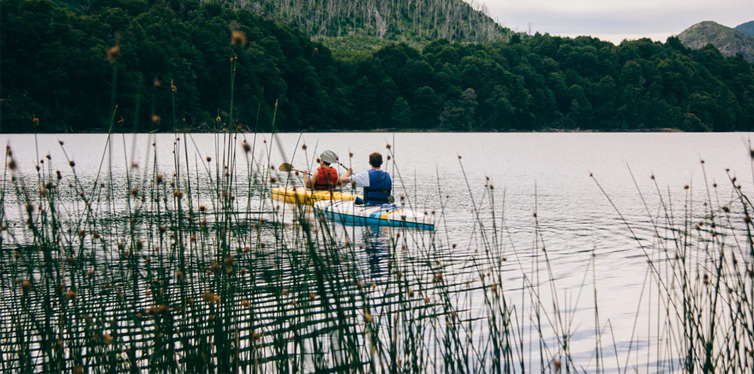
1. Invest Time and Effort in Learning the Basics of Kayaking
Kayaking may seem easy enough, but there are some technicalities that only a professional can help you learn. Getting kayaking lessons can pay large dividends in the end. This can equip you with the right knowledge and skills even before you settle into the real world of kayakers.
Kayak lessons are inexpensive, yet the value it provides is priceless. The good news is that you can always enlist as a group. This can help lower the cost of kayak lessons. You can also look at the kayak lessons as a way for you to gauge your enjoyment. There are folks who go kayaking because their friends told them so. Taking kayak lessons gives you first-hand experience on how it feels like to paddle on a kayak.
2. Invest in Kayaking-Specific Gear
It pays to invest in good-quality kayaking gear. First and foremost is the type of clothing that you need to wear. Keep in mind that you will be dressing for the water and not for the weather. Even if it is scorching hot, the water can still be cold. A wetsuit is ideal in most instances. A swimsuit will also suffice in warmer waters.
It is also important to invest in storage solutions that have excellent waterproofing. There are many products in the market that can help you store and keep your valuables dry. There are also storage solutions that can float on water. They are handy in the event that your kayak (or fishing kayak) overturns. Personal flotation devices and helmet are also important. Even if you are an excellent swimmer, it is still best to wear these safety gears.
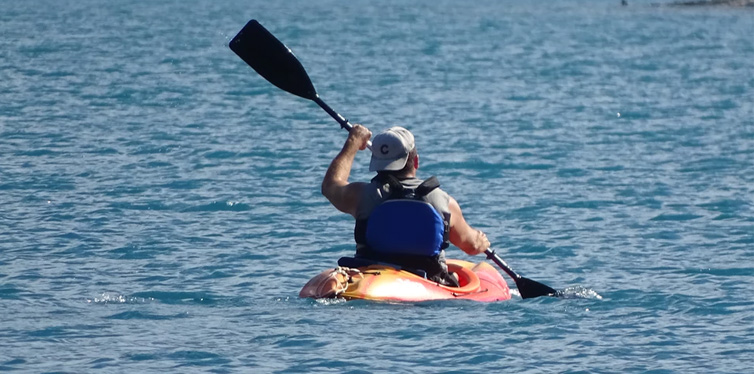
3. Learn Basic Safety Protocols
During a kayak lesson, you will go through the different safety protocols. Pay attention to these safety guidelines as they can save your life. In case you did not take kayaking lessons, there are online resources that you can read. Try to learn as many as you can.
Even tranquil waters can have inherent dangers. It is important for you to know what to do in case your boat flips over. Always observe the boating rules in the area where you are kayaking. It is also important to understand the effects of off-shore winds. These can make it difficult for you to return to the shore.
4. Learn How Kayakers Communicate
Kayakers communicate using hand gestures and signals. It is best to learn these by heart. You may think that bringing a handheld radio to communicate with other kayakers will do you good. Sadly, not everyone on their kayaks will bring such a device.
For example, holding one hand straight up into the air means it is okay to paddle. If another kayaker holds his paddle horizontally above his head, he is telling you to stop. If the kayaker holds out his paddle in a vertical position and swings it from side to side, it is a distress signal. If a kayaker points to a particular area, he wants you to paddle towards this direction that he is pointing to.
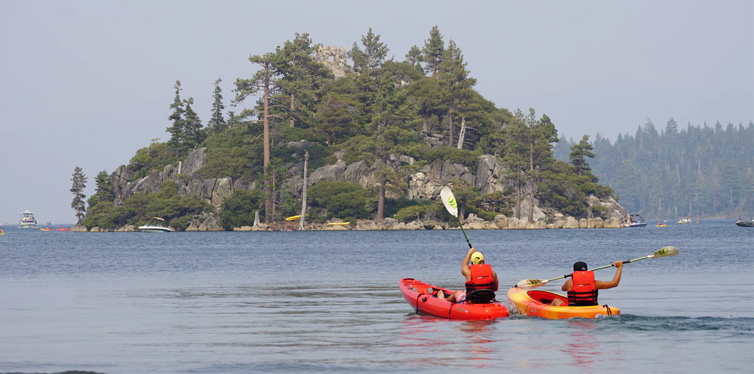
5. Learn the Correct Way to Paddle
Kayaking involves the use of paddles instead of an outboard motor to propel the boat over water. It is important to sit up straight. This will help maintain your balance. It is also a lot easier to steer your kayak in the direction where you want it to go. Hold the paddle with the thumbs under the handle and the hands over it. Your grip should be relaxed yet firm.
When you’re ready to paddle, wind your torso to the side. Position the paddle’s blade so that it is parallel to the feet. Paddle your way until the blade reaches the level of the hips. By this time, your paddle should already be out of the water. Once the paddle is out of the water, you can unwind your torso. Repeat these steps on the other side. This is called the basic forward paddling.
If you are going to turn, you can use the paddle’s blade as a rudder. If you want to turn left, then you have to place the blade on the left side of the boat. If you need to turn right, then place it on the right side of the boat.
6. Learn How to Get In and Out of the Kayak
If you did not take up kayaking lessons, then it is important that you learn how to get in and out of your kayak. This may seem easy enough, but many beginners fail in this aspect.
When getting in your kayak, it is important that you place the paddle out of the way, but still within easy reach. Place your foot into the center of the kayak’s floor. Grab the sides of the kayak with your hands. Try to balance yourself while lowering yourself into the kayak. Bring the other leg inside the kayak.
If this is difficult, you may want to grab the sides of the boat first. Position your buttocks onto the seat of the kayak. Once your buttocks are planted onto the seat, you can swing both of your legs and position them inside the kayak.
To get out of your kayak, simply execute the reverse of getting in.
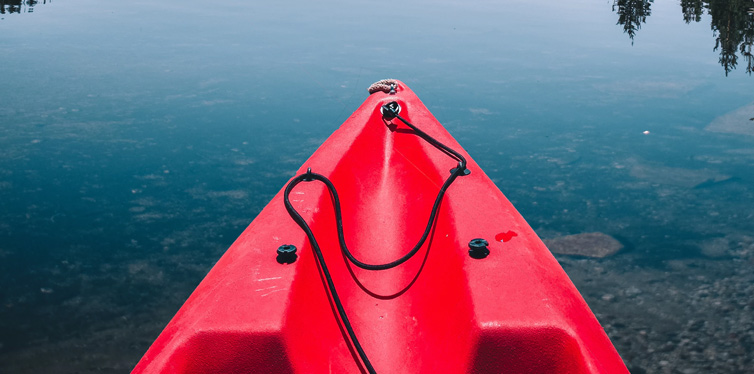
7. Learn the Proper Way to Launch Your Kayak
All kayakers need to know how to launch their boats into the water. This is one of the things that a kayak lesson will teach you. That’s why it is best to get a short course for starters.
In launching the kayak, always position the nose of the boat towards the water. Get inside your kayak using the methods above. Hold your paddle and start with a forward paddling stroke. You can also push yourself towards deeper waters if you are starting in shallow waters. Make sure to maintain balance as you lead your boat to where you want to kayak.
8. Learn the Proper Way to Roll Your Kayak
There will always be instances that your kayak will flip over. It happens even to veteran kayakers. As such, it is important to learn the proper way to roll your kayak in the event that it turns over.
If you do find yourself underwater, what you want is to tuck yourself closer to the kayak. This is to help minimize injuries should there be rocks underneath. Extend both of your arms as far out of the water as you can. Wave your arms back and forth. This will signal other kayakers in the area to come to your aid. Try to feel for the other kayak with your arms. Grab onto this and flip your boat around using your hips.
Do take note that this maneuver is only good if you are kayaking with a friend or there are other kayakers near you.
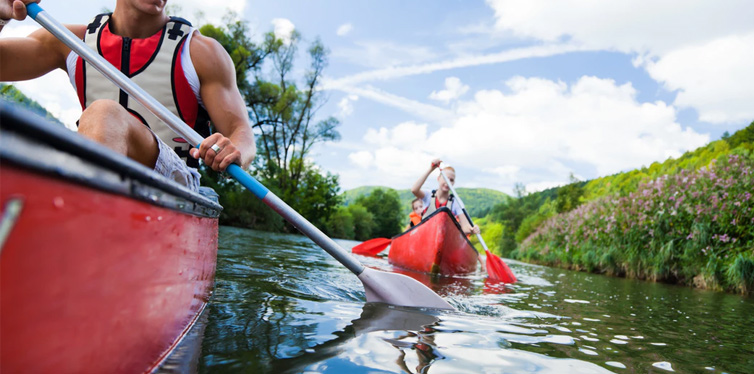
9. Learn How to Perform Wet Release
The buddy technique of rolling your kayak works on the premise of kayaking with a friend or other kayakers. But if you’re kayaking alone, then it is a must that you learn how to perform the wet release technique.
In this instance, you will need to lean forward. Use your paddle to push the bottom surface of the kayak. Release the kayak’s spray skirt. This is what secures you to the kayak. Once the skirt is released, you can exit the kayak. Swim towards the surface of the water.
10. Check the Weather Forecast Before You Go Kayaking
As a matter of safety, it is best to check the weather forecast before you go kayaking. Light drizzle will not make a dent in your kayaking enjoyment. A heavy downpour can fill the cockpit of your kayak and make it less stable. The water can also turn rough. This can make paddling more difficult.
It is also wise not to go kayaking a few days after heavy rains. The water will still be turbulent from the downpour.
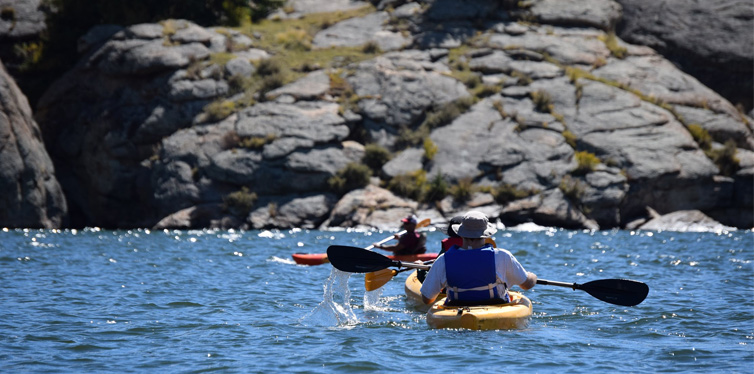
11. Pace Yourself
Unless you are training for a kayak race, it is best to pace your paddling. For absolute beginners, the focus should be on perfecting the paddle strokes. It should never be about how fast you can glide on the water’s surface.
Kayaking gives you the opportunity to look at Mother Nature from a different perspective. Now is your chance to enjoy the scenery. Pacing yourself also saves energy. This allows you to make your kayaking experience more meaningful and worthwhile.
12. Maintain Contact with Other Kayakers
Newbie kayakers should never go alone in the water. Even with the best tutor, there will always be instances when the assistance of a fellow kayaker is needed. This is especially true when kayaking in rougher waters. Kayaking with friends can also come in handy in the event that you overturn your boat. They can come to your rescue in an instant.
It is for this reason that you need to maintain both visual and auditory contact with your fellow kayakers. Learning the different hand signals and gestures of kayakers can also help.
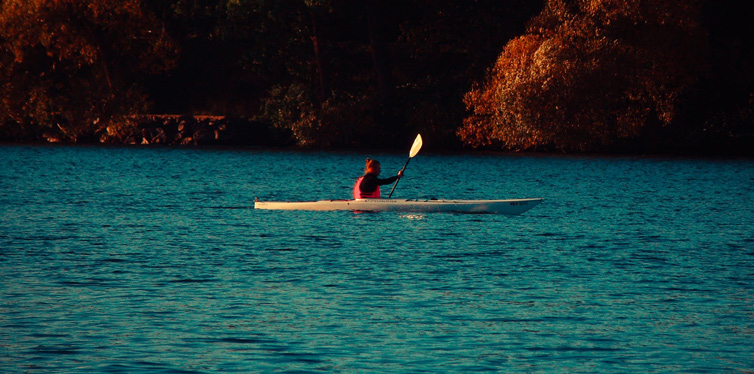
13. Go with the Flow
Professional drivers know what to do in case their vehicles start to spin out of control. The same is true with veteran kayakers. It is inadvertent that your boat can go into an uncontrolled spin. Instead of fighting it, you need to go with it.
Always go with the flow or the natural motion of the boat. Wait for the perfect time to make small corrections in the boat’s direction. If an opportunity presents itself, then make the necessary adjustments. Always follow through with the kayak’s motion. Use its kinetic energy to get yourself out of the spin.
14. Stay Alert
The surface of the water may appear calm and serene, but underneath can be rocks and other obstacles. There can also be animals sharing the water with you. It is best to stay alert and take cognizance of the different things in your environment. It pays to study your route beforehand. This will give you an idea of potential obstacles along the way. You can then plot the course you need to take.
This is also the perfect time to ditch your smartphone or your MP3 player. The reason why you’re kayaking is to get closer to nature and enjoy the fantastic views. Instead of listening to music from your iPod, why not immerse yourself in what Mother Nature has to offer?
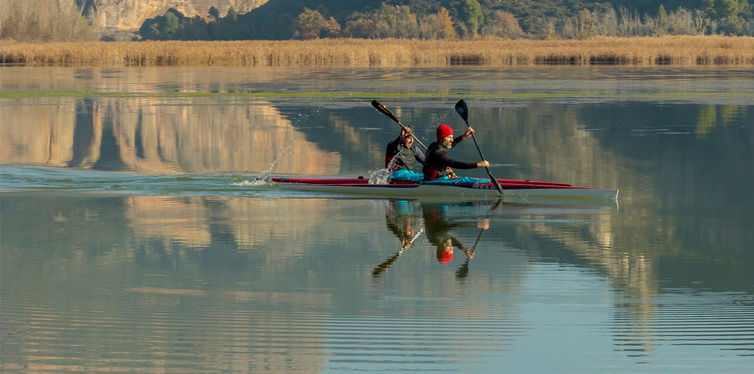
15. Bring a Nautical Map and a Compass
You may think this is not necessary since your smartphone already has both but even the best smartphones can have its limitations. They may not have a signal where you are kayaking. Their functions can also go only as far as the battery goes. Digital technologies make it easy to navigate waters. Sadly, you cannot always rely on them.
It may sound primitive, but a nautical map and a compass work best whenever kayaking. This means you will have to learn how to read a nautical map. Picking a map with waterproof features is a must. It is also important to learn how to use a compass to plot your position on the nautical map.
If you’re a beginner to the world of kayaking, you need to pay attention to these tips. These can help make the activity more meaningful. You will enjoy more of the benefits of kayaking, too.


